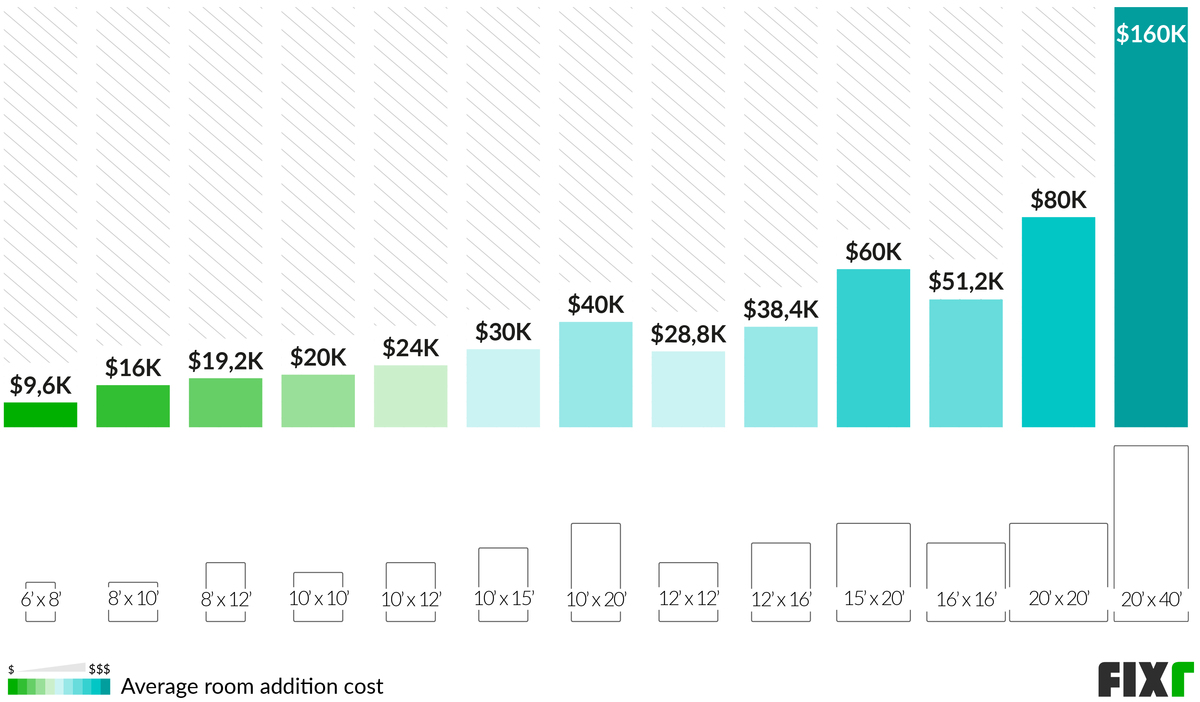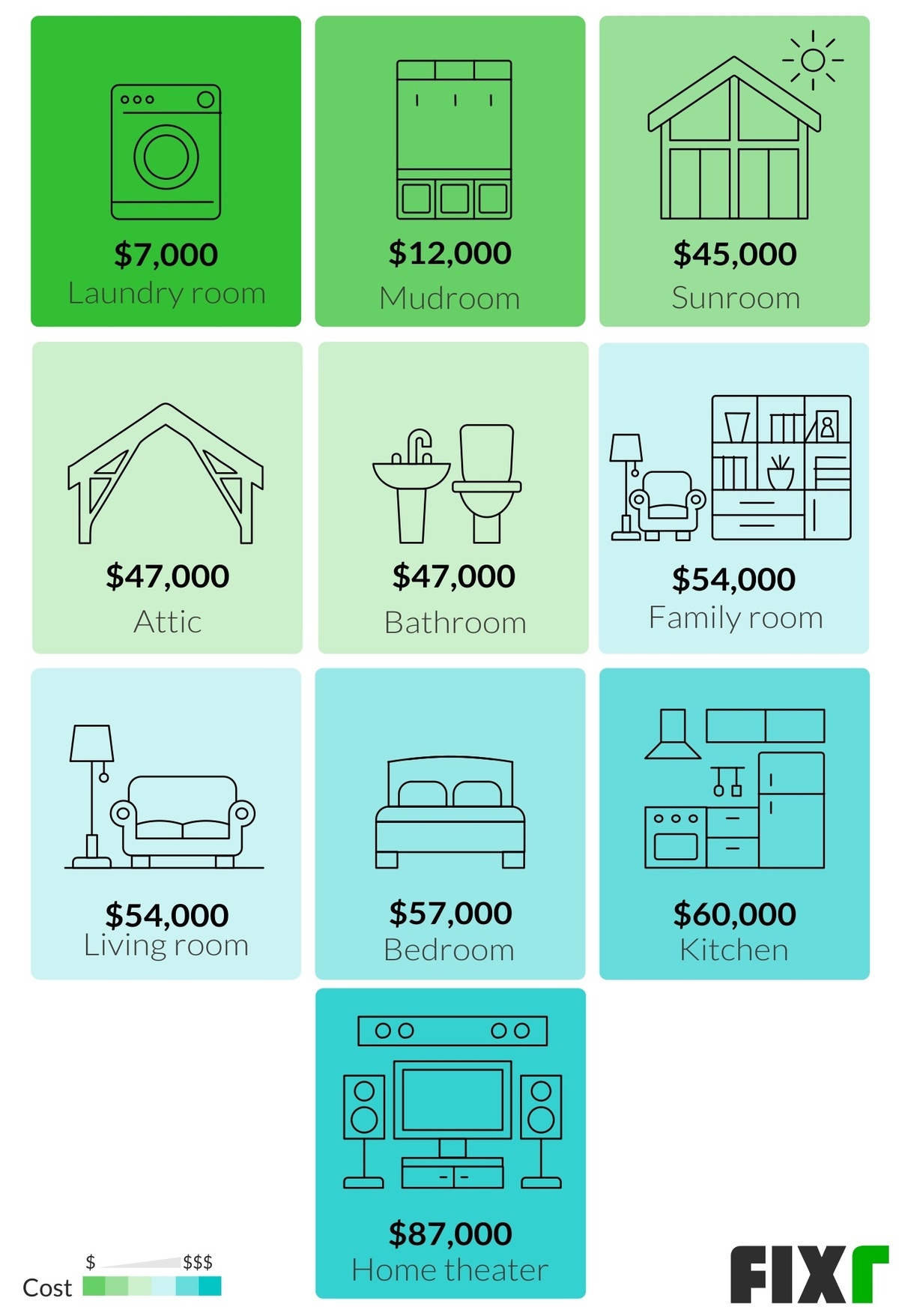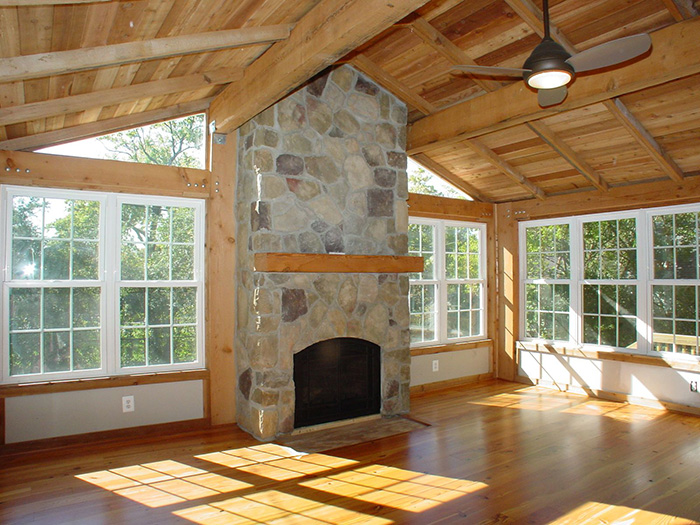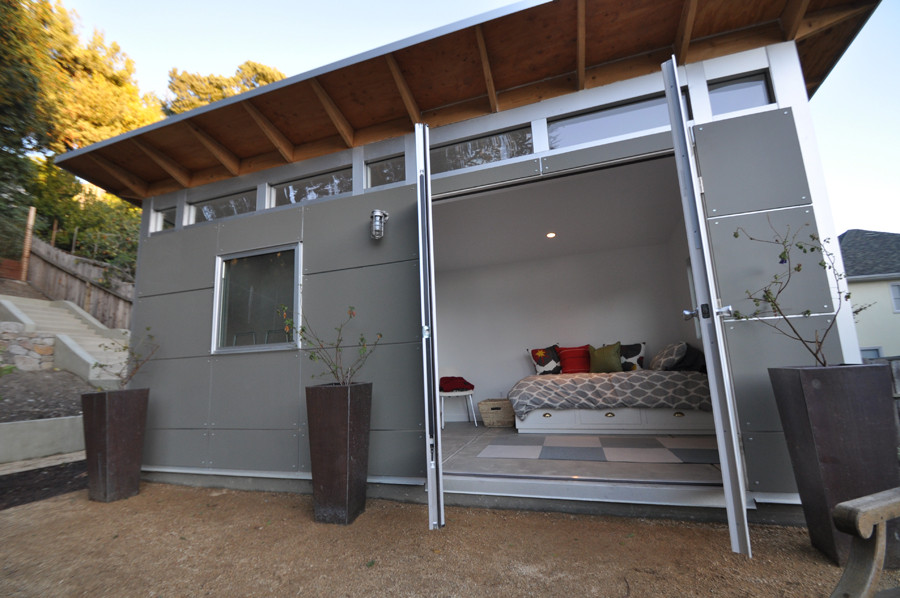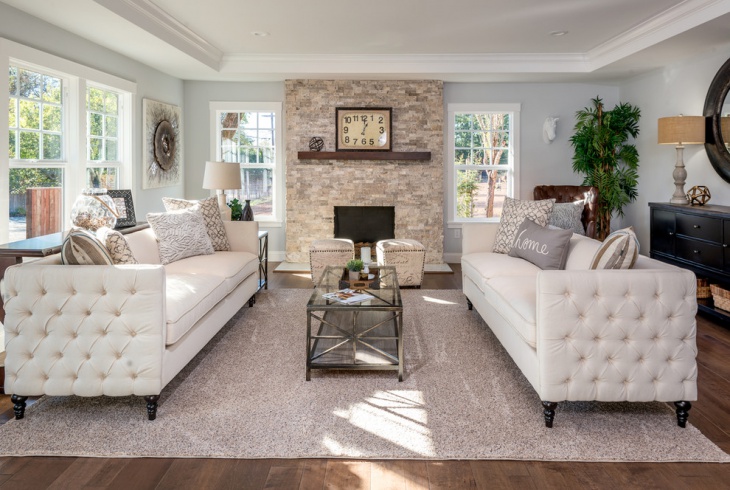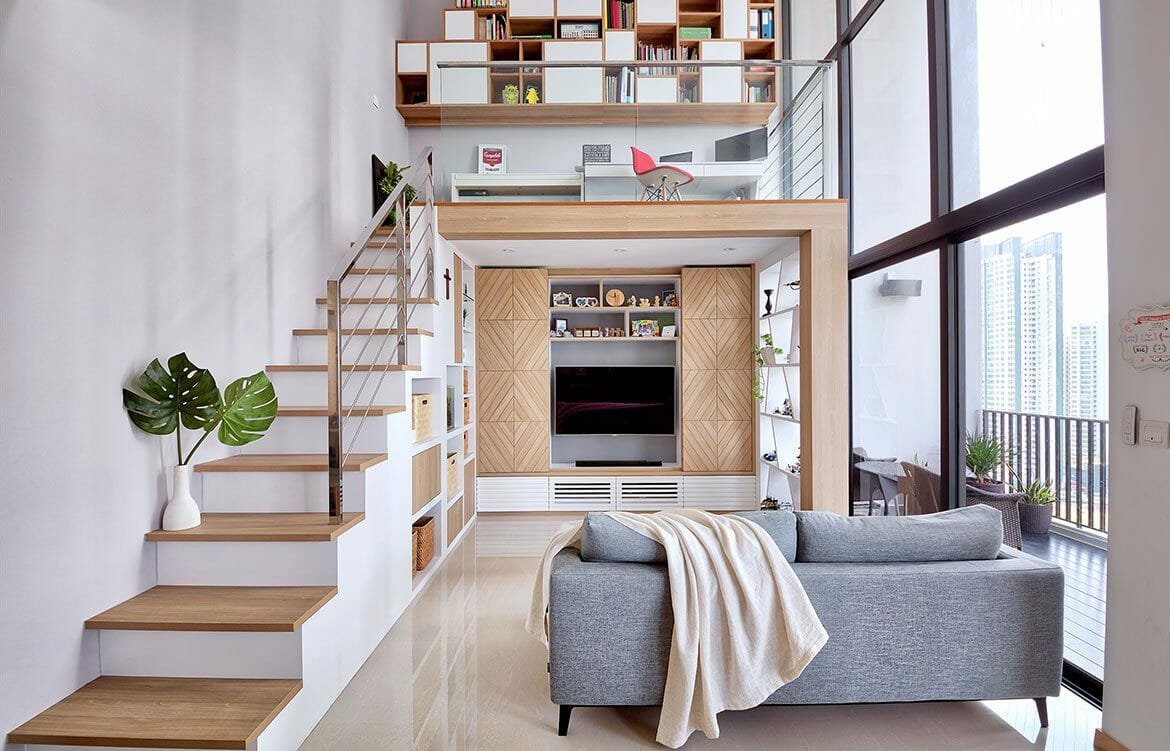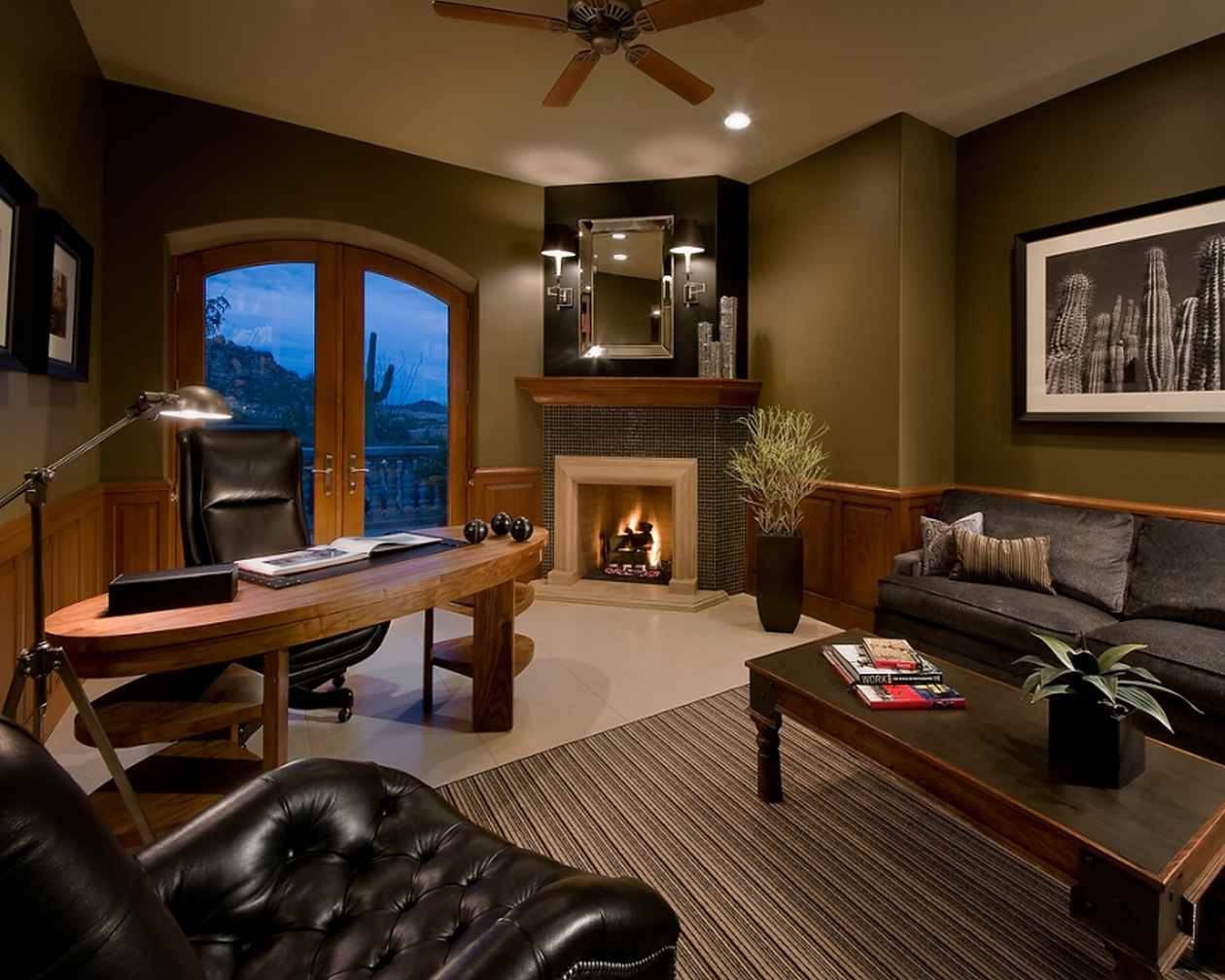Living Room Addition Costs: What to Expect
A living room addition is a great way to add value and functionality to your home. Whether you're looking to create a cozy space for family gatherings or a stylish entertainment area, a living room addition can be a worthwhile investment. However, before jumping into a project like this, it's important to understand the costs involved. In this guide, we'll break down the average cost of a living room addition, factors that can affect the cost, and tips for reducing expenses.
How Much Does a Living Room Addition Cost?
The cost of a living room addition can vary greatly depending on the size, materials, and other factors. On average, homeowners can expect to spend between $10,000 and $25,000 for a basic living room addition. This includes the cost of materials, labor, and any necessary permits. Of course, larger and more luxurious additions can cost upwards of $50,000 or more.
Living Room Addition Cost Guide
When planning for a living room addition, it's important to have a detailed cost breakdown. This can help you stay within your budget and avoid any unexpected expenses. Here's a breakdown of the typical costs involved in a living room addition:
Materials: The materials used for your living room addition can greatly impact the overall cost. This includes flooring, walls, windows, and any additional features like a fireplace or built-in shelving. Expect to spend between $5,000 and $10,000 on materials alone.
Labor: The cost of labor can vary depending on your location and the complexity of the project. On average, expect to spend between $30 and $80 per hour for a contractor or $50 to $100 per hour for a designer or architect.
Permits: Depending on your local regulations, you may need to obtain permits for your living room addition. This can add $500 to $2,000 to your overall cost.
Average Cost of a Living Room Addition
As mentioned earlier, the average cost of a living room addition falls between $10,000 and $25,000. This cost can vary depending on the size of the addition, materials used, and any additional features. Here's a breakdown of the average costs for different types of living room additions:
Basic living room addition: This typically includes a 200 square foot room with basic flooring, walls, and windows. Expect to spend between $10,000 and $15,000.
Mid-range living room addition: This can include a larger room, higher-end materials, and additional features like a fireplace or built-in shelving. Expect to spend between $20,000 and $30,000.
Luxury living room addition: A high-end living room addition can include custom features, high-end materials, and a larger space. Expect to spend upwards of $50,000 for this type of addition.
Living Room Addition Cost Calculator
If you're looking for a more accurate estimate for your living room addition, you can use a cost calculator. These tools take into account factors such as location, size, materials, and additional features to provide a more accurate cost estimate. Keep in mind that these calculators are just an estimate and it's always best to consult with a contractor for a more accurate cost breakdown.
Factors Affecting Living Room Addition Costs
There are several factors that can affect the cost of a living room addition. These include:
Size: The larger the addition, the more expensive it will be. This is because larger rooms require more materials and labor.
Materials: The cost of materials can vary greatly depending on the type and quality. For example, hardwood flooring will be more expensive than laminate.
Additional features: Adding features like a fireplace, built-in shelving, or custom lighting can significantly increase the cost of your living room addition.
Location: Labor costs can vary depending on your location and the availability of contractors or designers. This can also affect the cost of permits.
Tips for Reducing Living Room Addition Costs
While living room additions can be a major investment, there are some ways to reduce costs without sacrificing quality. Here are some tips to consider:
Plan carefully: Before starting your living room addition, have a detailed plan in place. This can help you avoid any unexpected expenses or changes mid-project.
Reuse materials: If possible, try to reuse materials from other areas of your home or purchase gently used materials to save on costs.
Do some of the work yourself: If you have some DIY skills, you can save money by doing some of the work yourself. Just be sure to consult with a professional before attempting any major tasks.
Living Room Addition Cost vs. Value
While a living room addition can be a significant expense, it can also add value to your home. According to the 2020 Cost vs. Value Report, a mid-range living room addition can have an average return on investment of 63.3%. This means that you can potentially recoup a significant portion of your investment when it's time to sell your home.
DIY Living Room Addition Costs
If you're considering a DIY living room addition, it's important to understand the costs involved. While you can save money on labor, you will still need to purchase materials and potentially hire professionals for certain tasks. It's also important to consider your own skills and experience before taking on a project like this. If you don't have any prior construction or renovation experience, it may be best to hire a professional to ensure the project is done correctly and safely.
Hiring a Contractor for a Living Room Addition: Cost and Considerations
Hiring a contractor for your living room addition can save you time and ensure the project is done correctly. However, it will also add to the overall cost. When hiring a contractor, be sure to get multiple quotes and thoroughly research their experience and previous work. It's also important to have a detailed contract in place to avoid any misunderstandings or unexpected expenses.
The Benefits of Adding a Living Room to Your Home
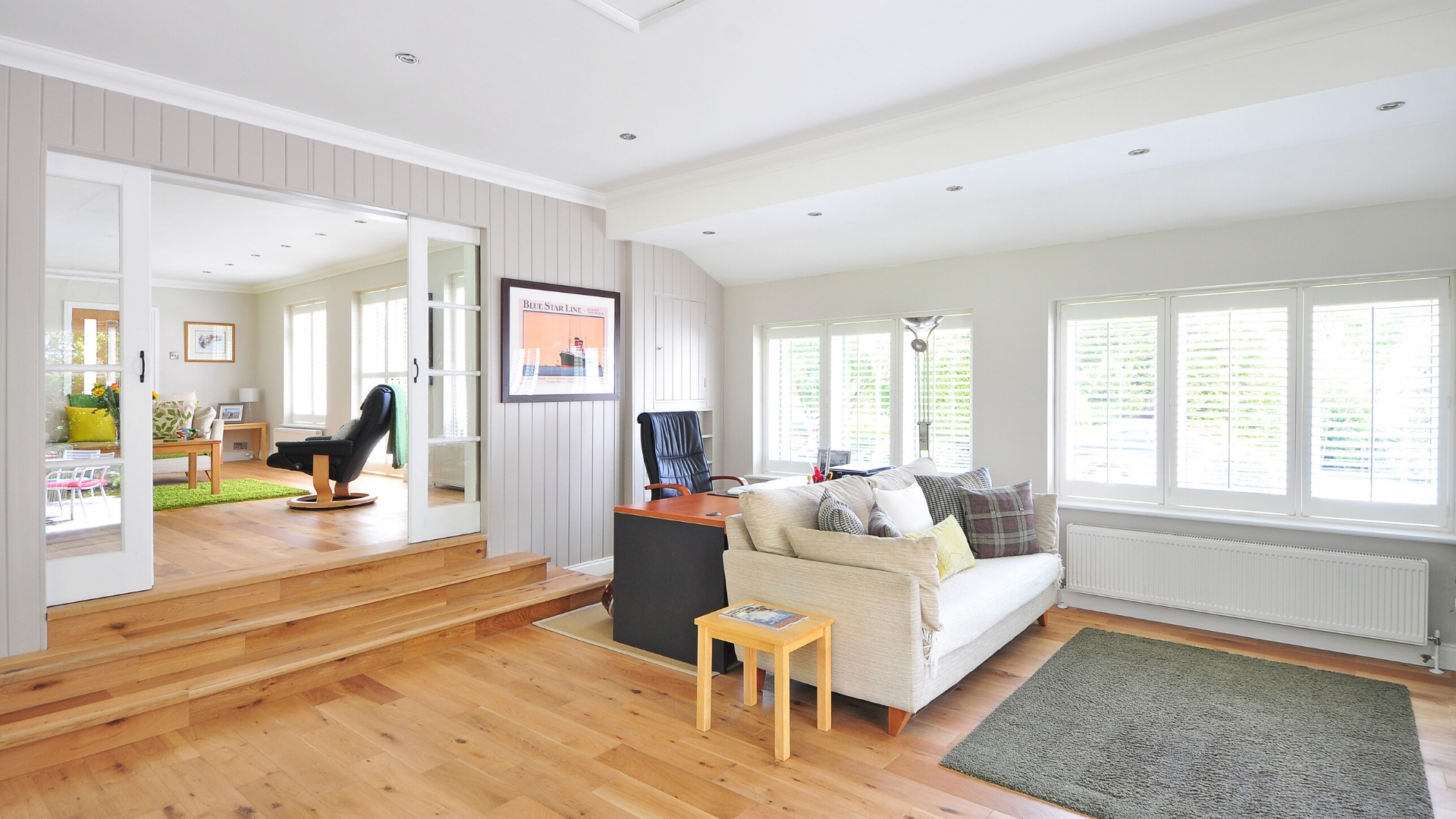
Creating a Space for Relaxation and Entertainment
 When it comes to designing your home, the living room is often considered the heart of the house. It is a place where family and friends gather to relax, socialize, and unwind after a long day. However, if your current living room is too small or lacks the functionality you desire, it may be time to consider a living room addition.
Adding a living room to your home can provide numerous benefits, both aesthetically and functionally. Not only will it increase the overall value of your home, but it will also enhance your daily living experience. With a larger and more functional space, you can create the perfect environment for relaxation and entertainment.
Boosting Your Home's Value
One of the most significant advantages of adding a living room to your home is the increase in property value. A well-designed living room addition can significantly increase the resale value of your home, making it a wise investment. It adds square footage to your property, which is a key factor in determining its market value.
Moreover, a living room addition adds a sense of luxury and sophistication to your home, making it more attractive to potential buyers. It can also make your home stand out in a competitive real estate market, giving you an edge when it comes time to sell.
Enhancing Your Living Space
A living room addition provides the opportunity to create a space that fits your unique needs and lifestyle. You can customize the design and layout to suit your preferences, whether you want a cozy and intimate space or a more open and airy feel. You can also choose the materials, colors, and finishes to match your existing home decor.
In addition, a living room addition can provide more functional space for your family's daily activities. It can serve as a playroom for kids, a home office, or even a guest bedroom. By adding a living room, you are not only expanding your living space, but you are also increasing its versatility.
Creating a Gathering Place
A living room addition can become the perfect gathering place for your family and friends. With a larger space, you can comfortably entertain guests, host game nights, or enjoy movie nights with loved ones. It also allows for more seating options, making it easier to accommodate larger groups.
A well-designed living room addition can also add natural light to your home, making it a warm and welcoming space for all. With the right design elements, such as large windows and skylights, you can create a bright and inviting atmosphere, perfect for social gatherings.
When it comes to designing your home, the living room is often considered the heart of the house. It is a place where family and friends gather to relax, socialize, and unwind after a long day. However, if your current living room is too small or lacks the functionality you desire, it may be time to consider a living room addition.
Adding a living room to your home can provide numerous benefits, both aesthetically and functionally. Not only will it increase the overall value of your home, but it will also enhance your daily living experience. With a larger and more functional space, you can create the perfect environment for relaxation and entertainment.
Boosting Your Home's Value
One of the most significant advantages of adding a living room to your home is the increase in property value. A well-designed living room addition can significantly increase the resale value of your home, making it a wise investment. It adds square footage to your property, which is a key factor in determining its market value.
Moreover, a living room addition adds a sense of luxury and sophistication to your home, making it more attractive to potential buyers. It can also make your home stand out in a competitive real estate market, giving you an edge when it comes time to sell.
Enhancing Your Living Space
A living room addition provides the opportunity to create a space that fits your unique needs and lifestyle. You can customize the design and layout to suit your preferences, whether you want a cozy and intimate space or a more open and airy feel. You can also choose the materials, colors, and finishes to match your existing home decor.
In addition, a living room addition can provide more functional space for your family's daily activities. It can serve as a playroom for kids, a home office, or even a guest bedroom. By adding a living room, you are not only expanding your living space, but you are also increasing its versatility.
Creating a Gathering Place
A living room addition can become the perfect gathering place for your family and friends. With a larger space, you can comfortably entertain guests, host game nights, or enjoy movie nights with loved ones. It also allows for more seating options, making it easier to accommodate larger groups.
A well-designed living room addition can also add natural light to your home, making it a warm and welcoming space for all. With the right design elements, such as large windows and skylights, you can create a bright and inviting atmosphere, perfect for social gatherings.
In Conclusion
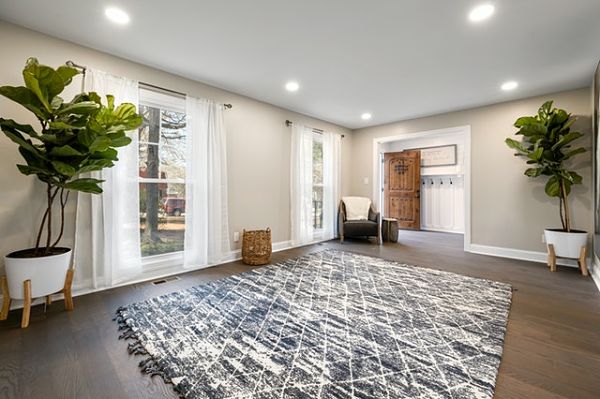 Adding a living room to your home can provide numerous benefits, from increasing property value to enhancing your living space and creating a gathering place for family and friends. With the help of a professional designer and builder, you can create a seamless and functional living room addition that will transform your home and improve your overall living experience. Don't hesitate to invest in a living room addition and reap the rewards for years to come.
Adding a living room to your home can provide numerous benefits, from increasing property value to enhancing your living space and creating a gathering place for family and friends. With the help of a professional designer and builder, you can create a seamless and functional living room addition that will transform your home and improve your overall living experience. Don't hesitate to invest in a living room addition and reap the rewards for years to come.
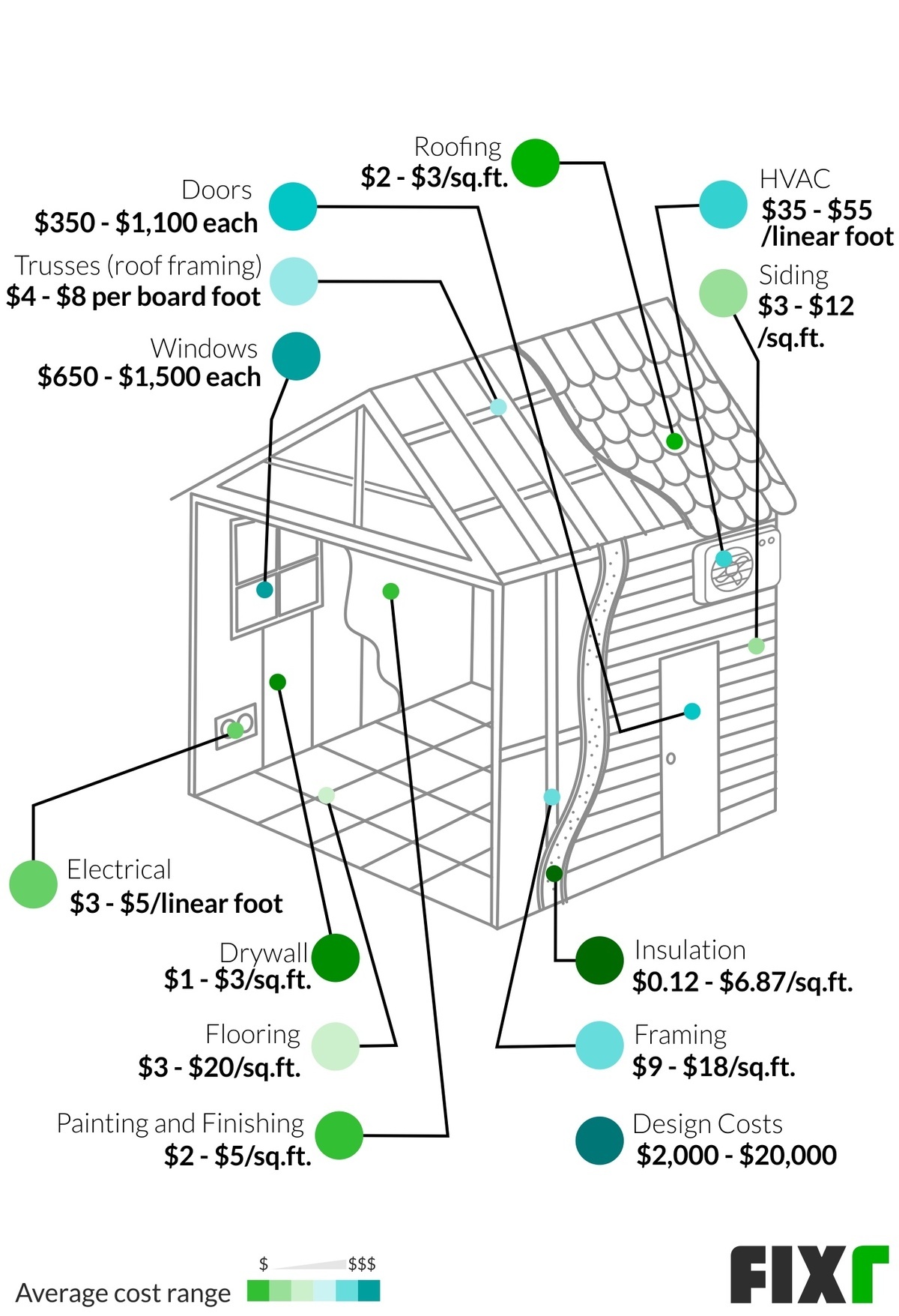
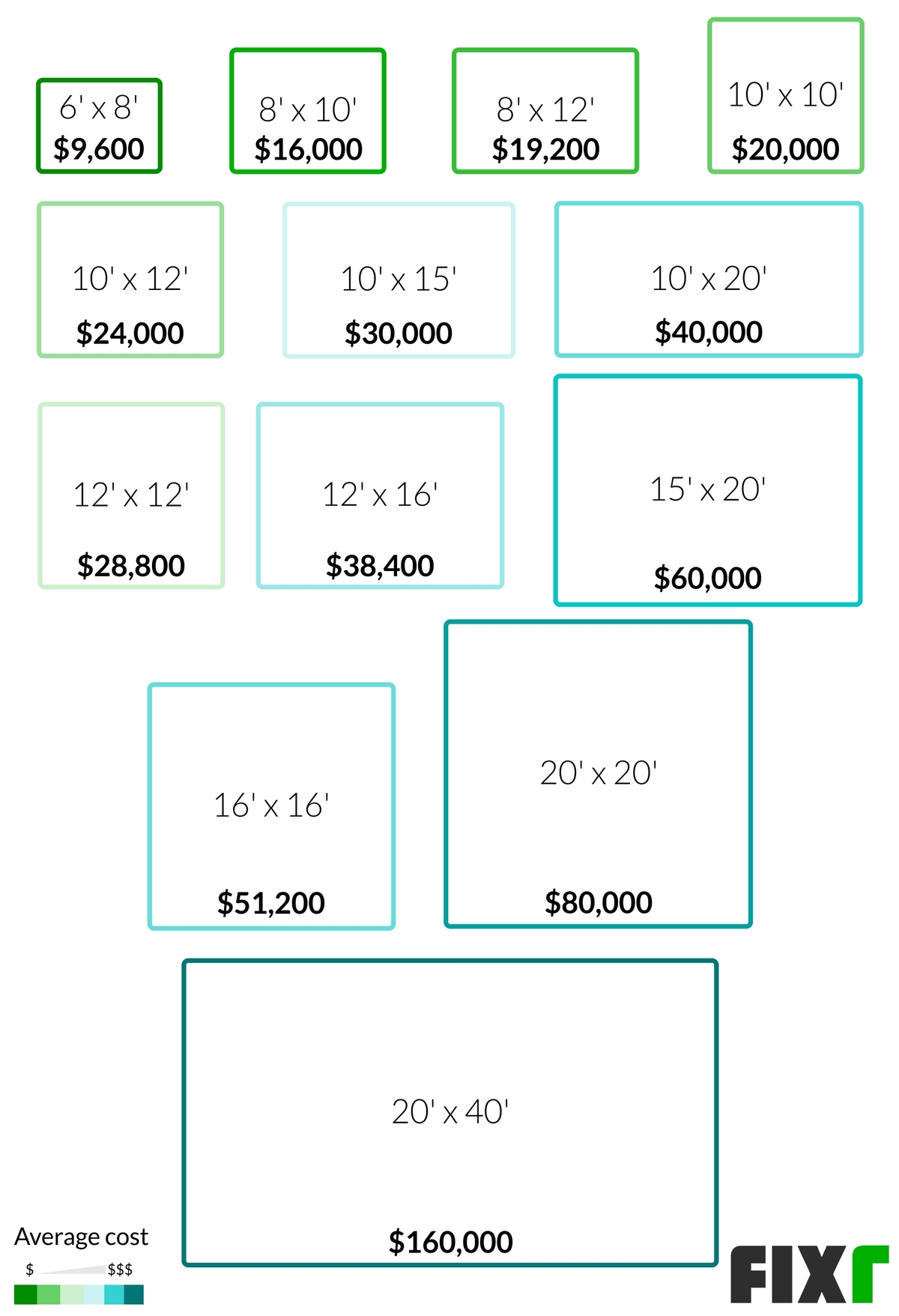
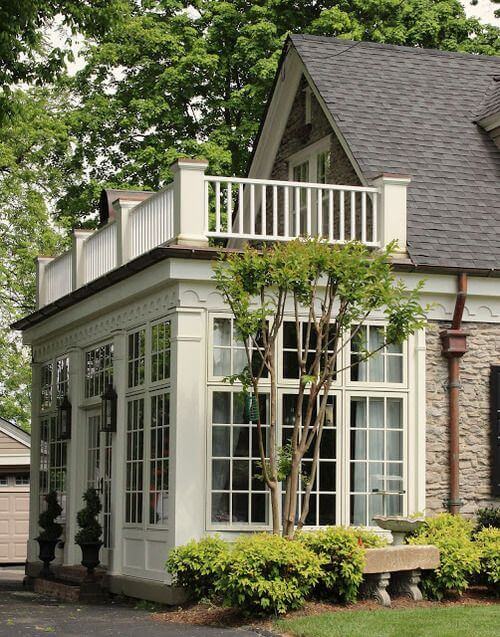
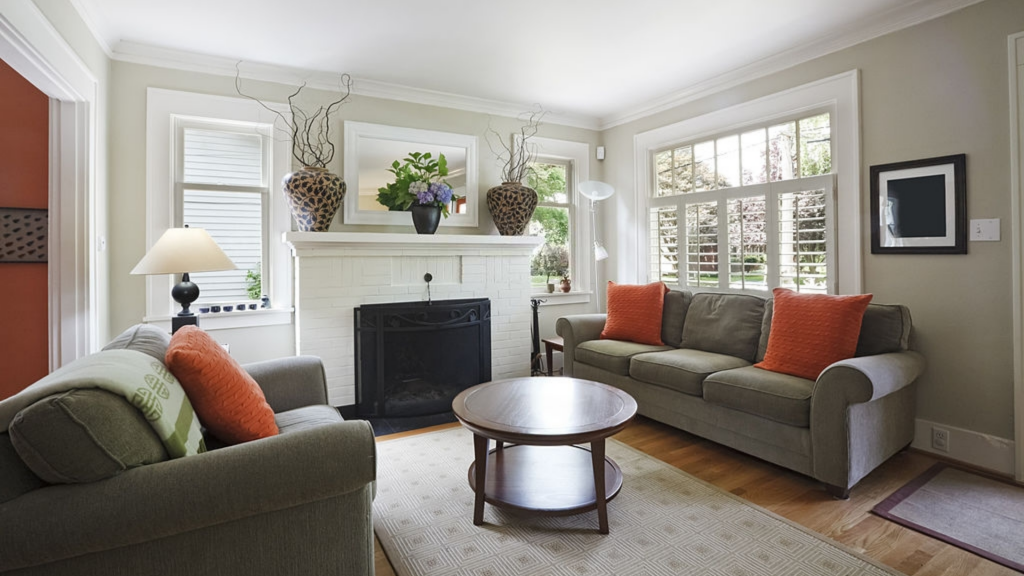
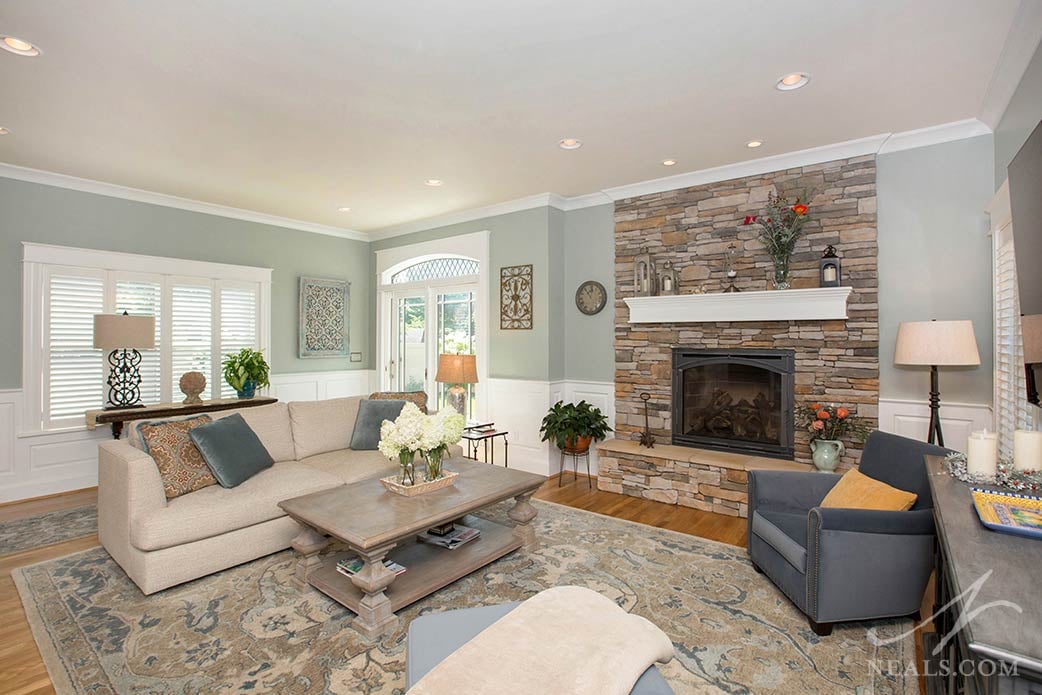
:max_bytes(150000):strip_icc()/FullResProjectWestlawnGinaRachelleDesign-DSCF9503-3fdbc0c7d18c470b807a078c02fb695d.jpg)


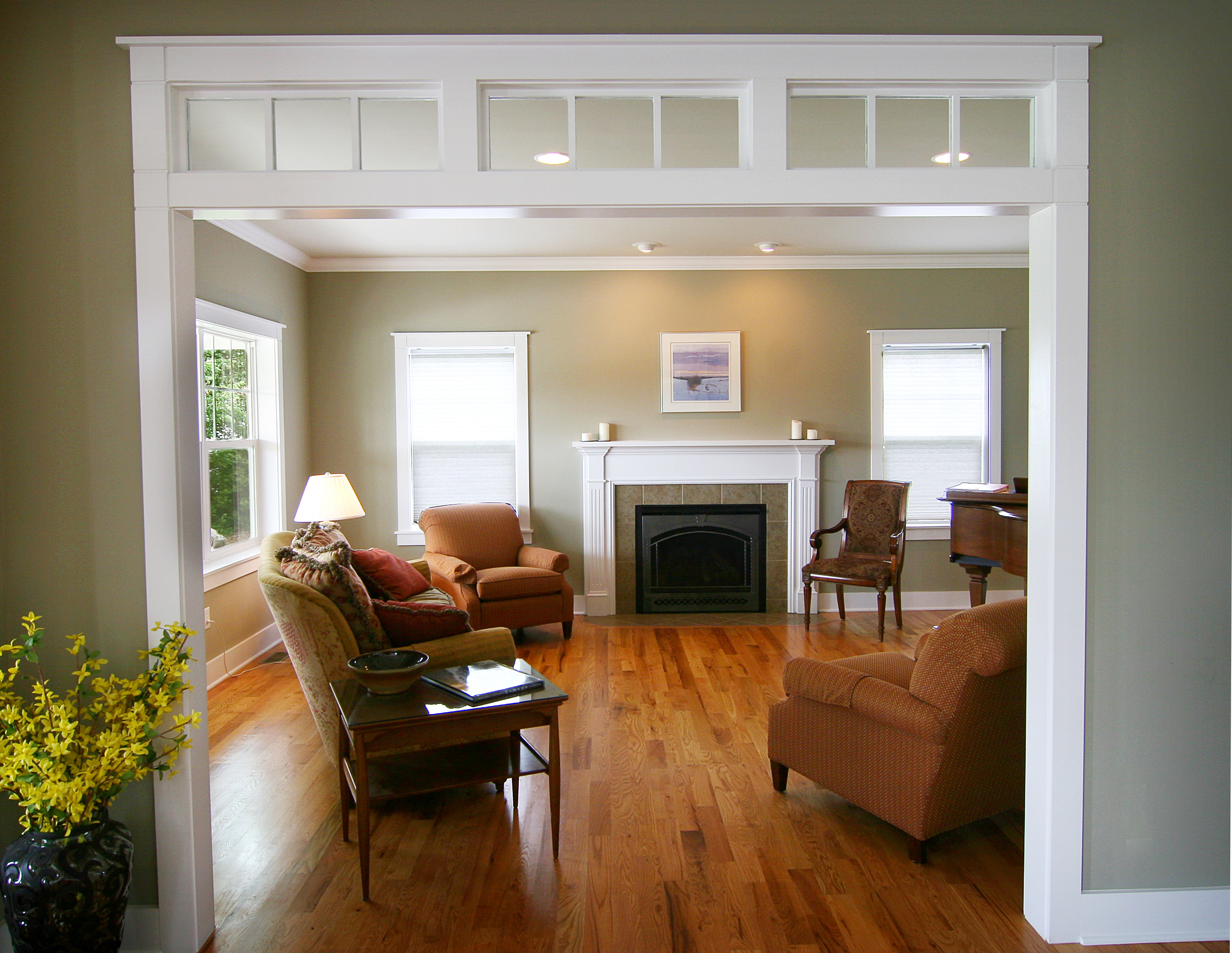
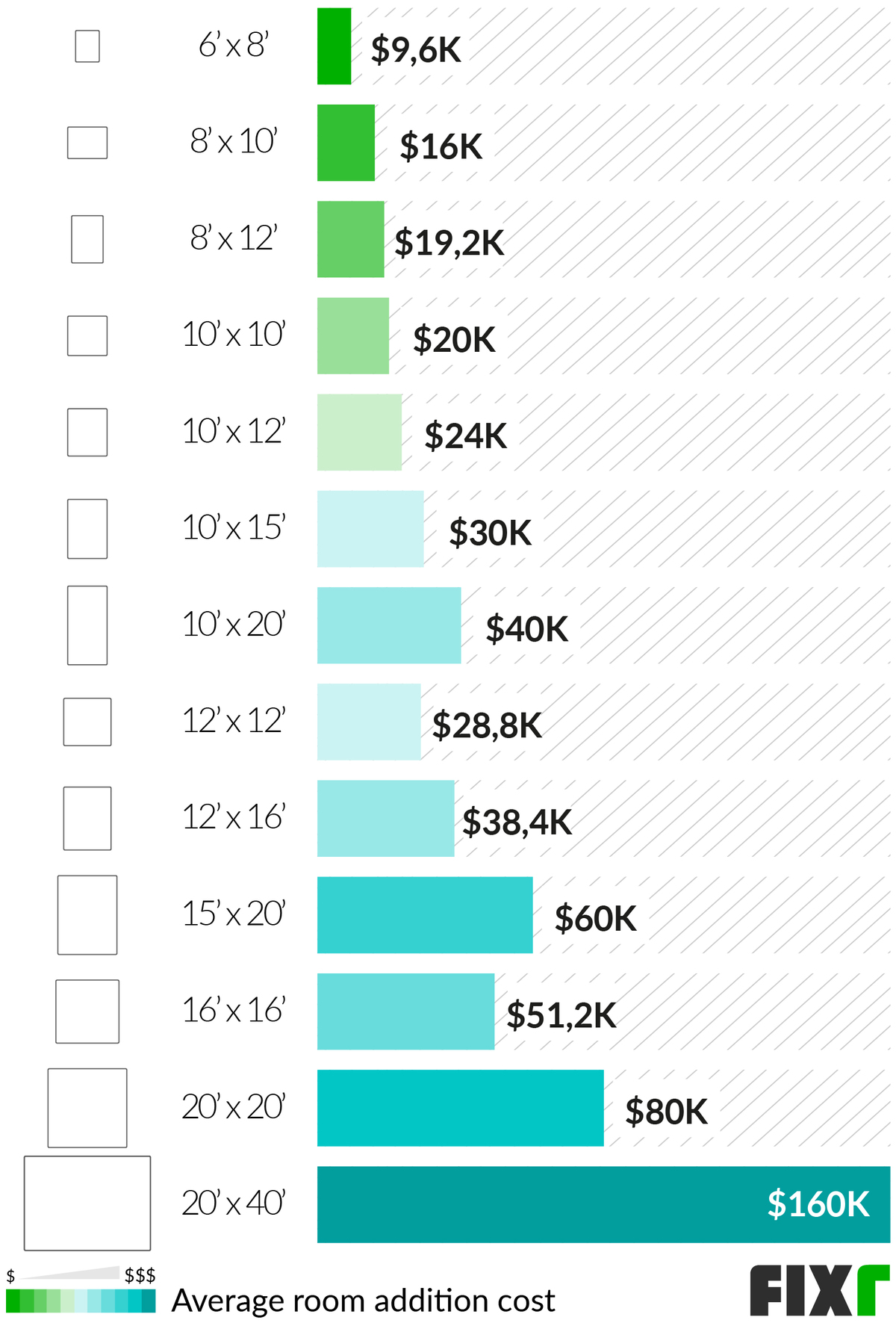


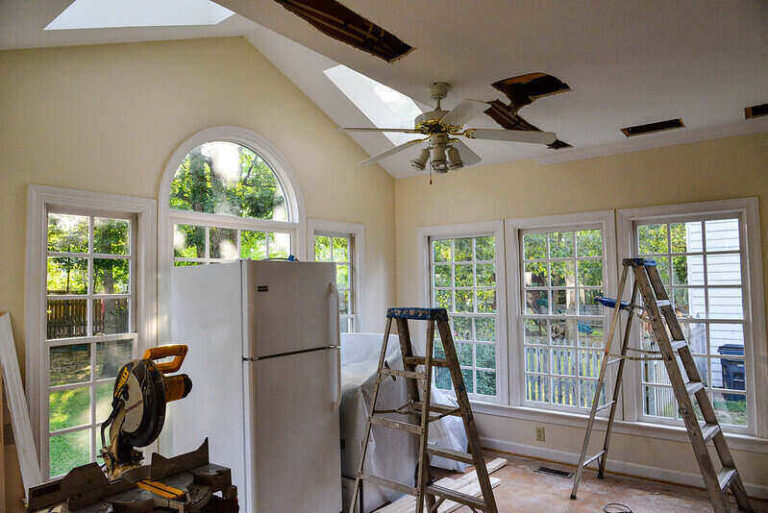


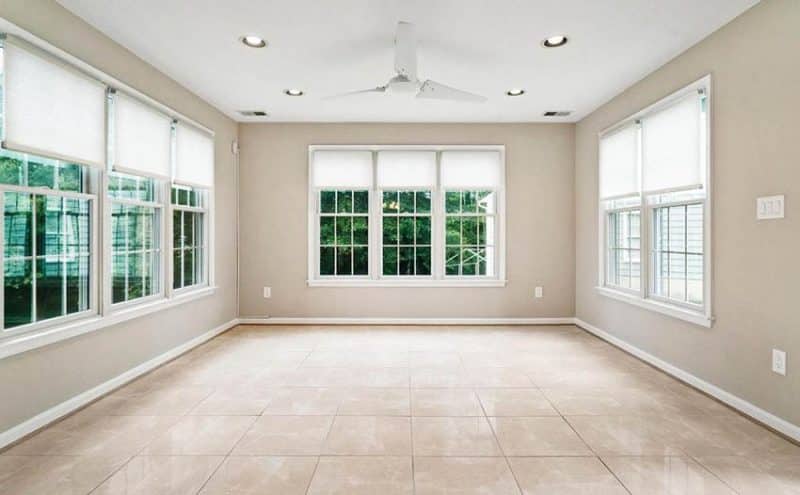
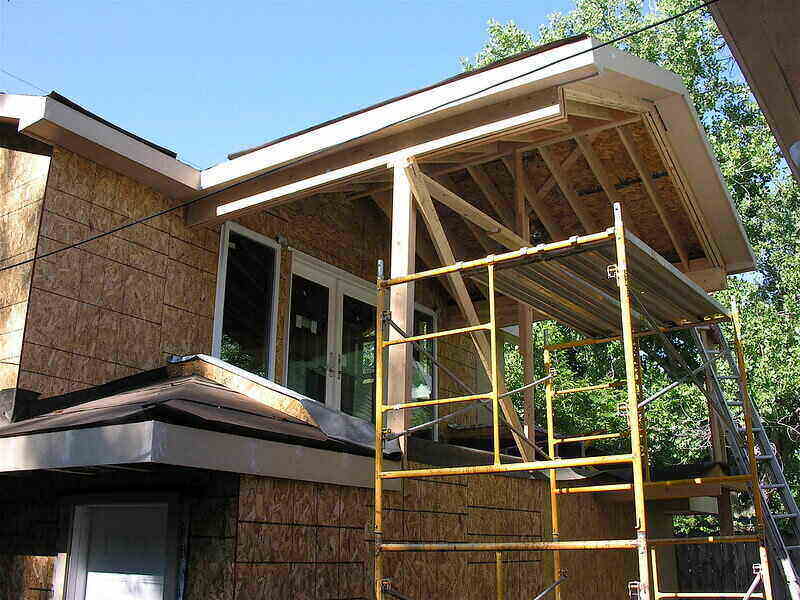

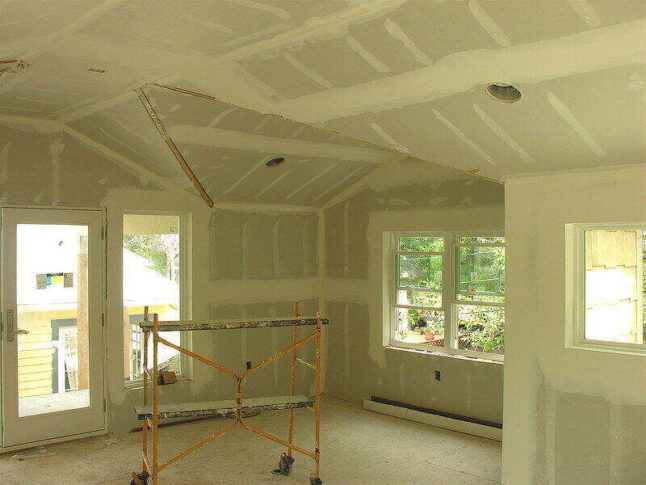
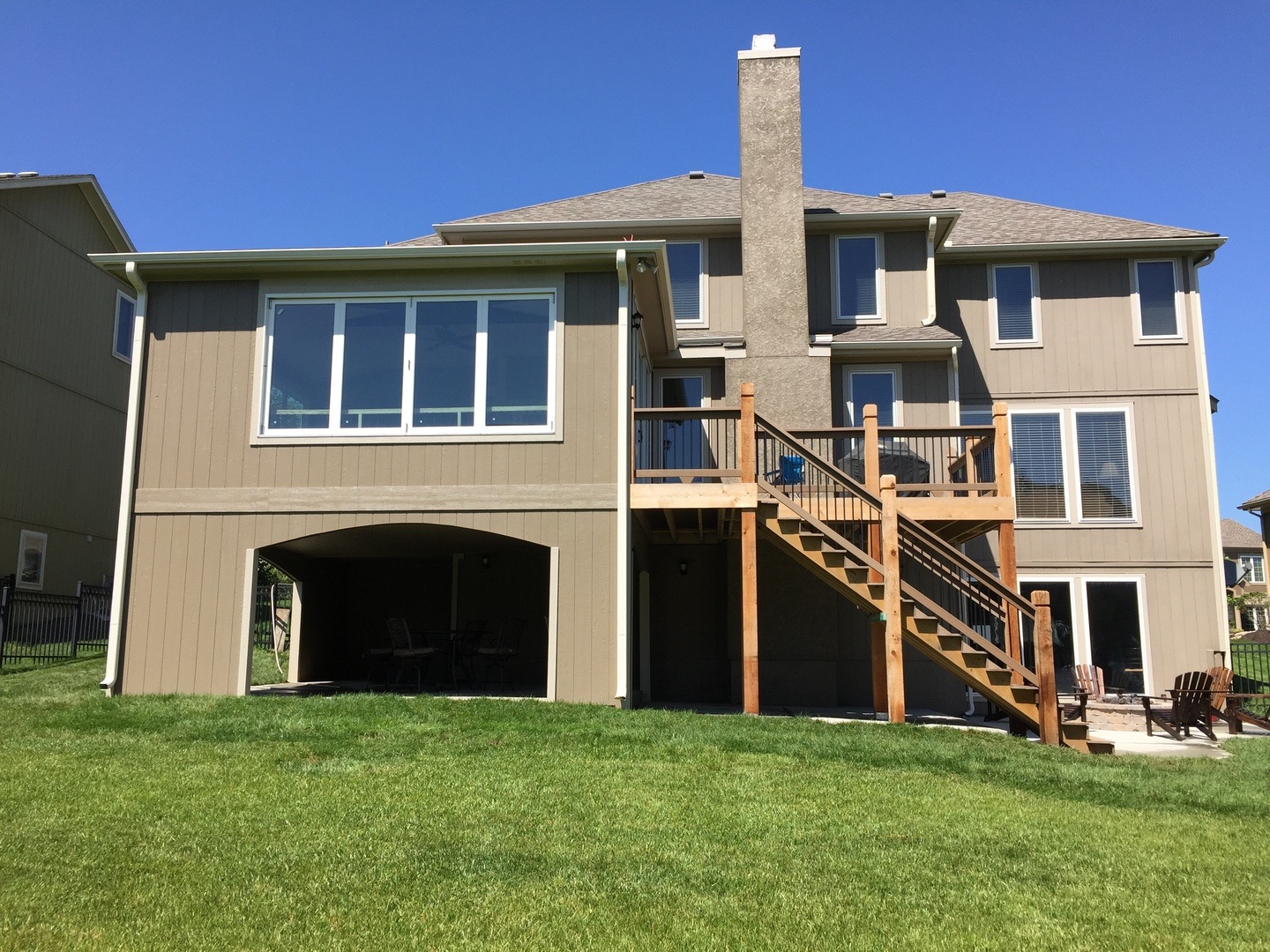



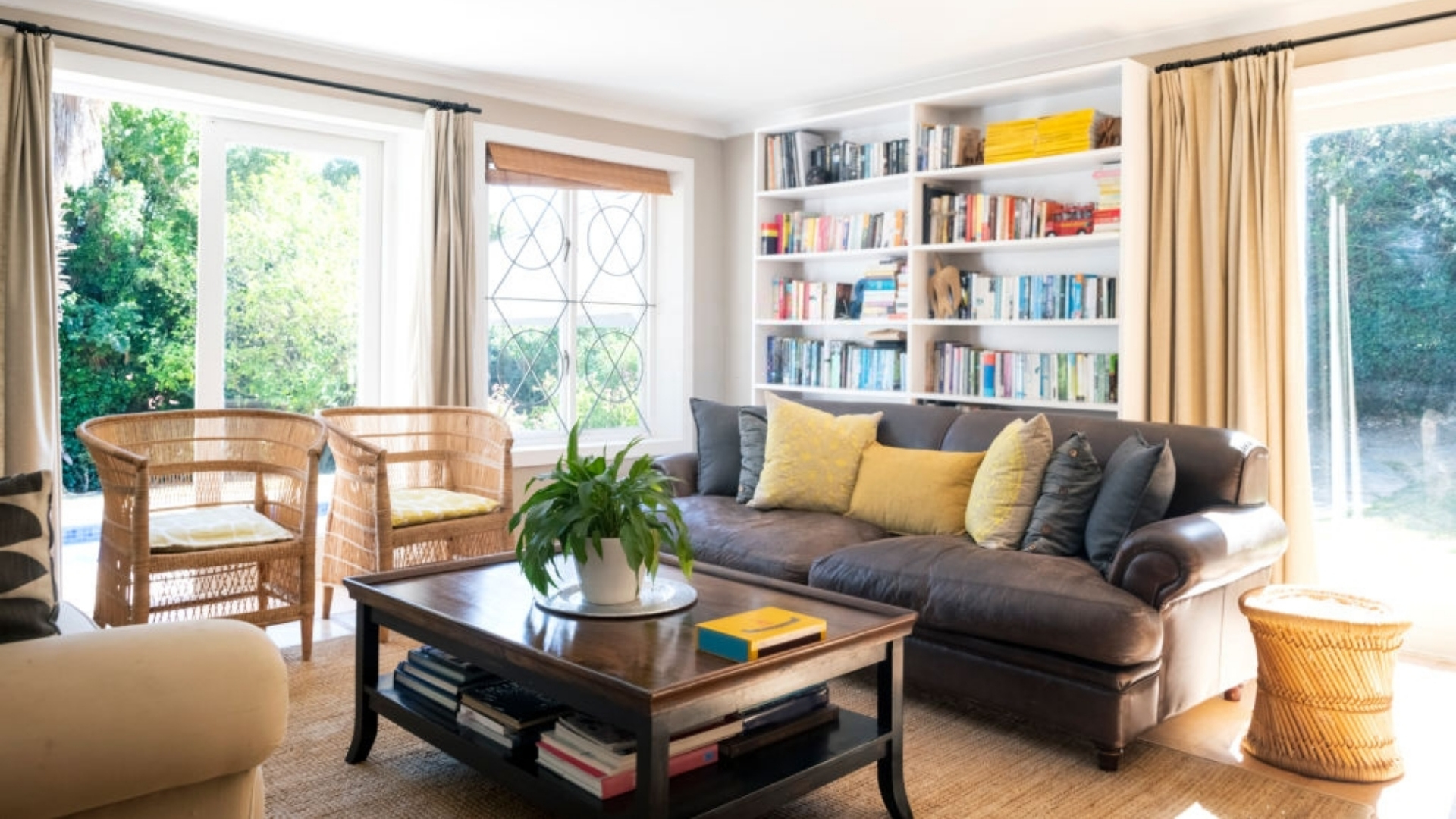
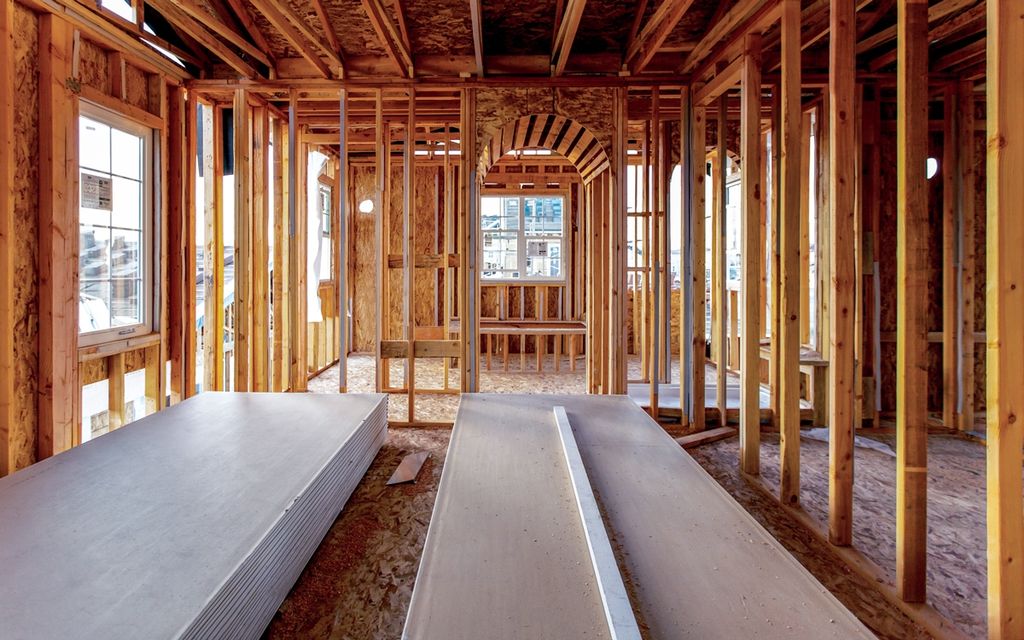




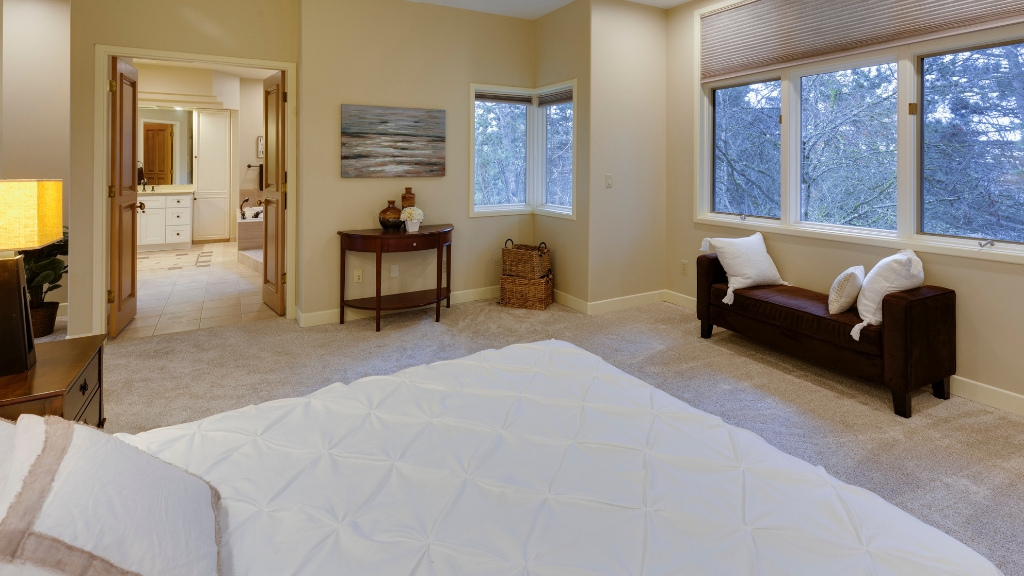
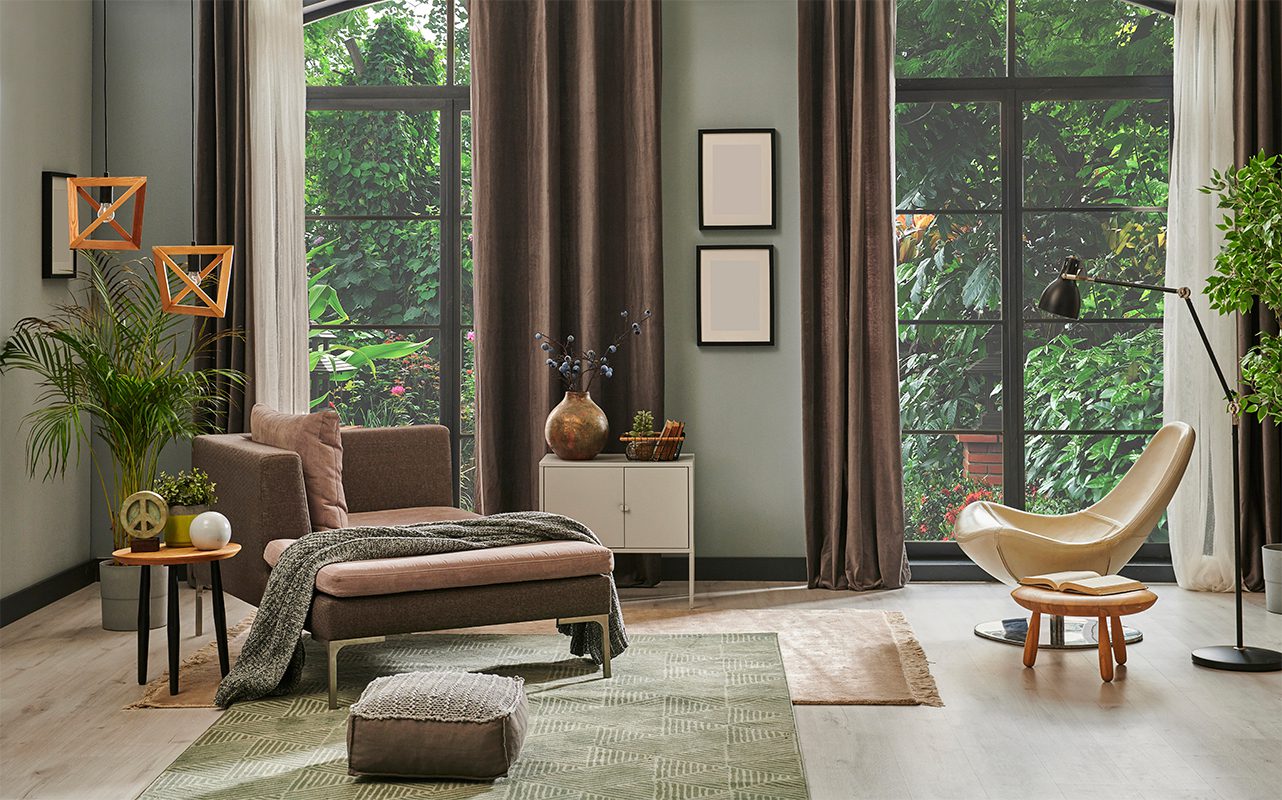
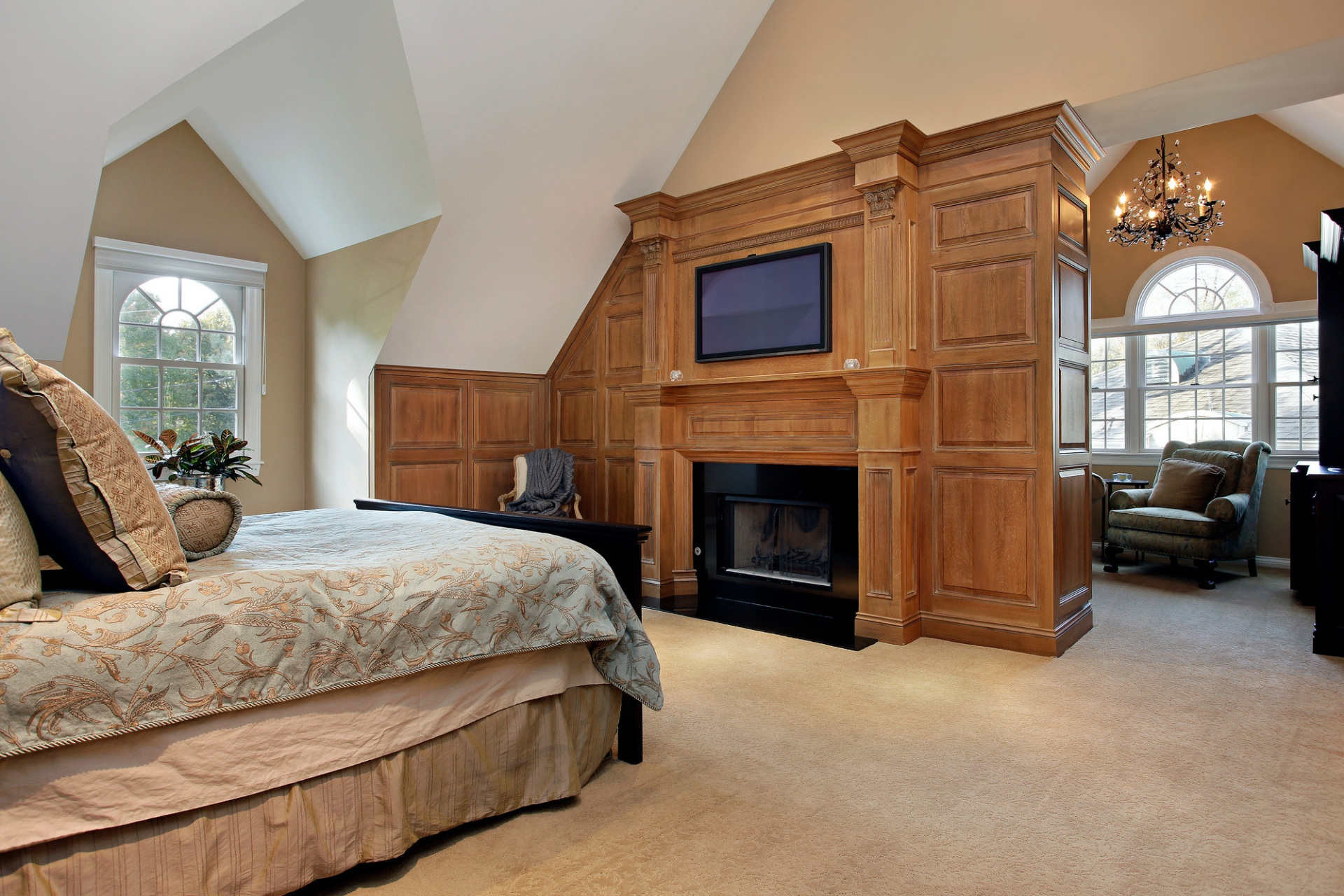




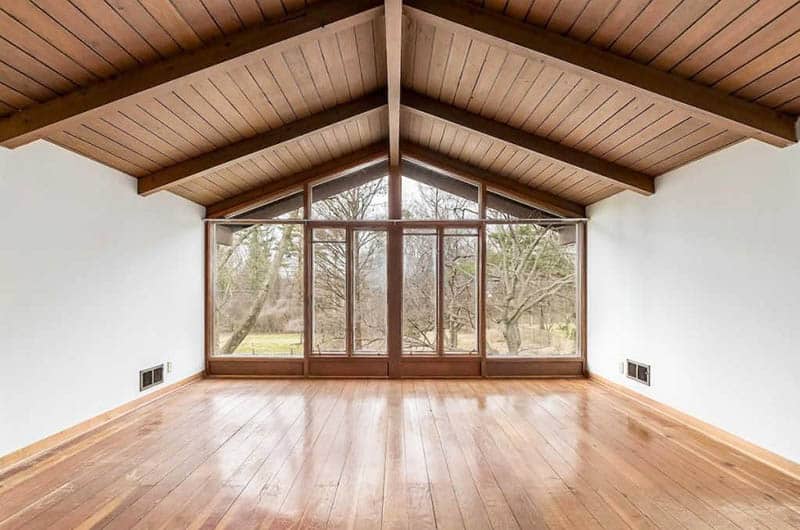


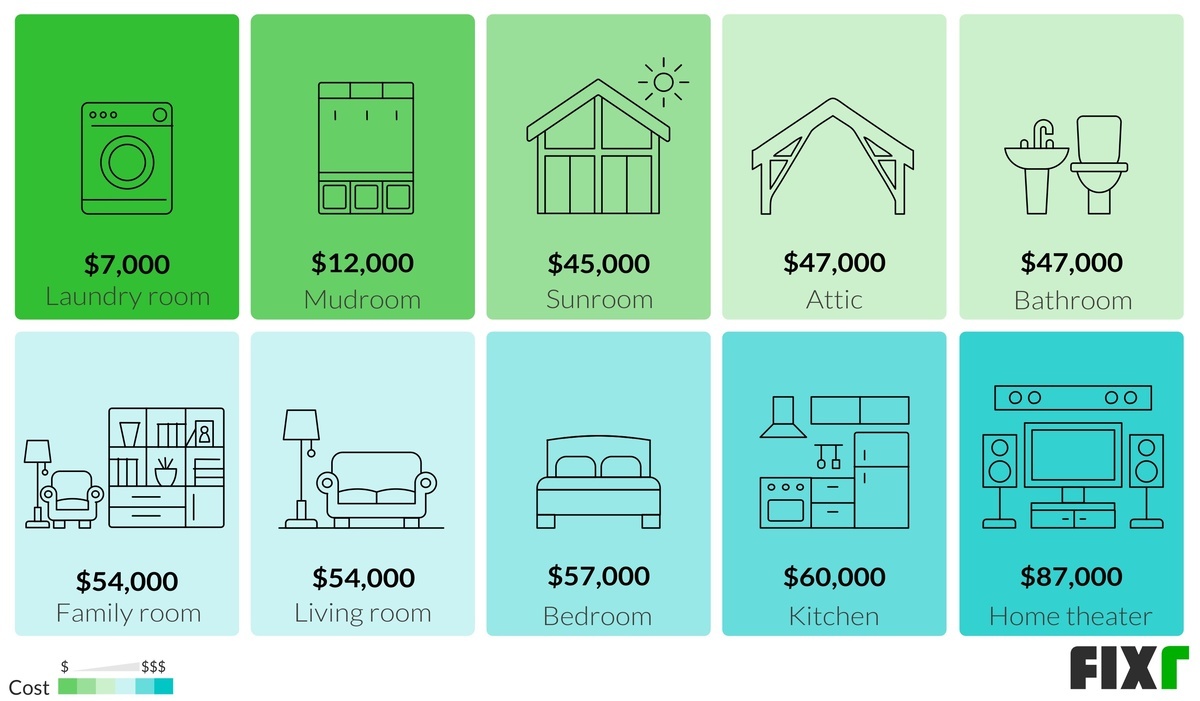


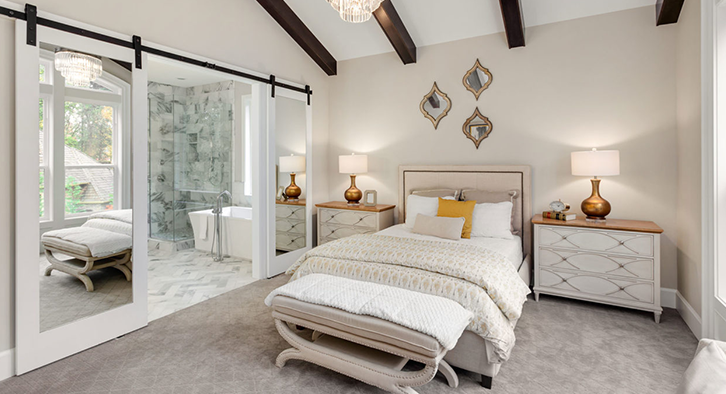

:max_bytes(150000):strip_icc()/factors-affecting-real-estate-market.asp_final-8e8ea4cd40dd45909593384700de9759.png)





